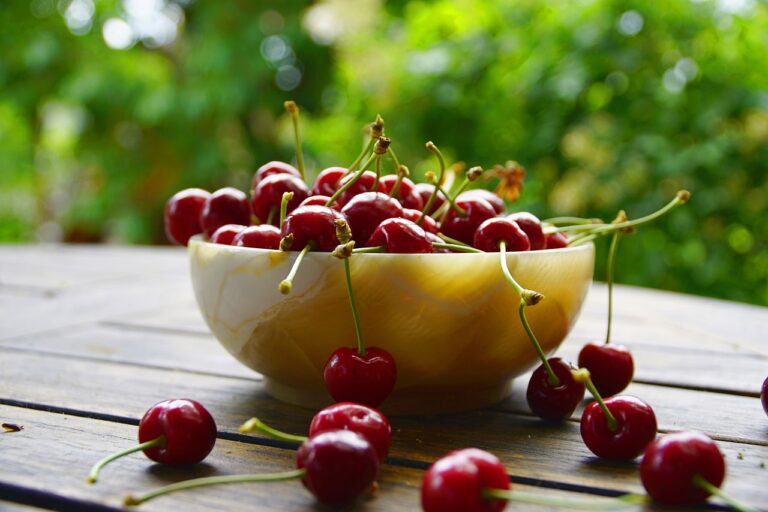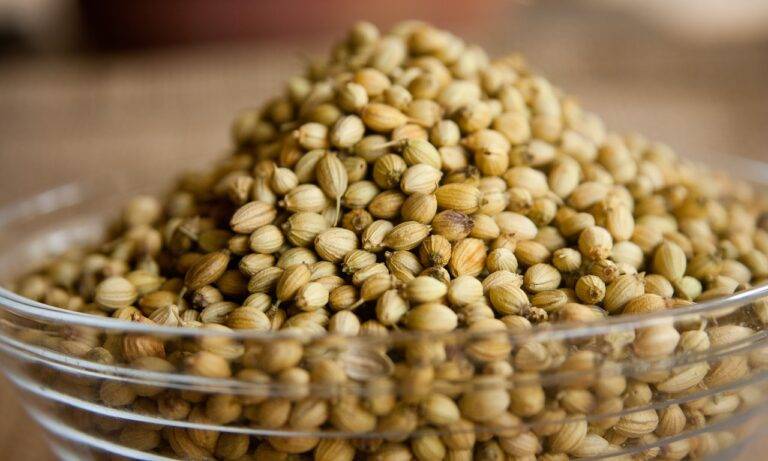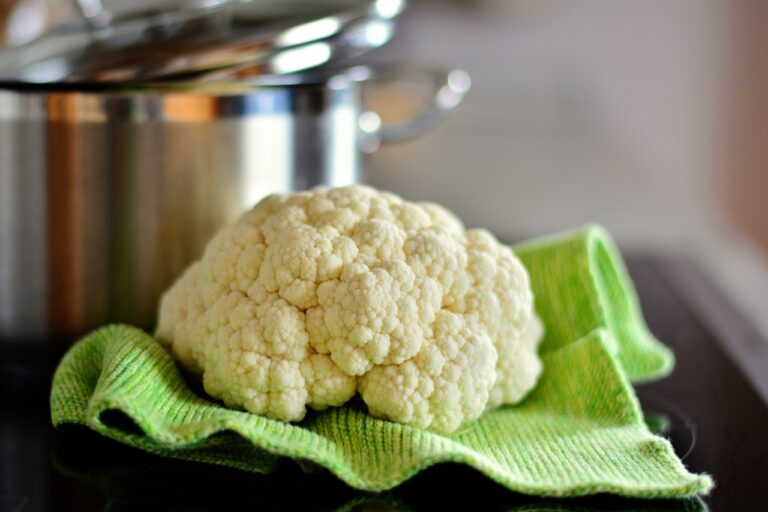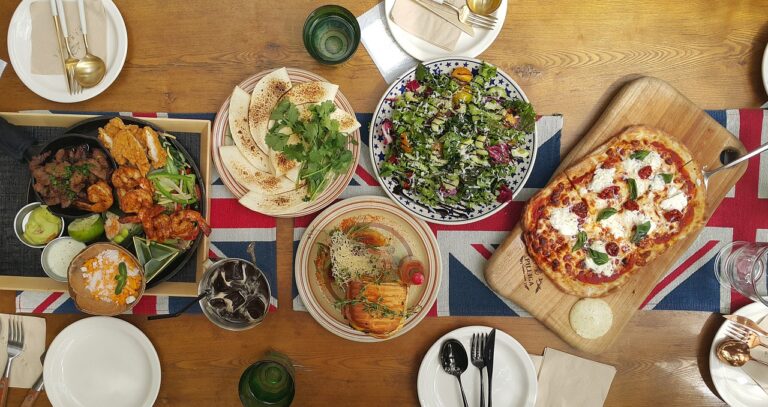The Art of Food Pairing: Enhancing Flavor Profiles in Prepared Meals: Allpaanel, Cricket bet 99, Lotus 365.win
allpaanel, cricket bet 99, lotus 365.win: The art of food pairing is a powerful tool that can enhance the flavor profiles of prepared meals and take your culinary creations to the next level. By carefully selecting complementary ingredients and flavors, you can create a harmonious balance that excites the taste buds and delights the senses. Whether you’re a seasoned chef or a home cook looking to elevate your dishes, mastering the art of food pairing is a valuable skill that can transform your cooking.
Pairing foods may seem like a daunting task, but with a bit of knowledge and practice, you can become a pro at creating perfectly balanced meals that showcase the best of each ingredient. In this article, we’ll explore the fundamentals of food pairing and provide you with tips and strategies to help you enhance the flavor profiles of your prepared meals.
Understanding Flavor Profiles
Before we dive into the art of food pairing, it’s important to understand the concept of flavor profiles. Each ingredient has its own unique combination of flavors, including sweet, salty, sour, bitter, and umami. When these flavors are combined in a dish, they interact with each other in complex ways, creating a new and delicious taste experience.
In addition to the basic tastes, other factors such as texture, temperature, and aroma also play a role in determining the overall flavor profile of a dish. By considering these elements and how they interact with each other, you can create meals that are balanced, flavorful, and ultimately satisfying.
Key Principles of Food Pairing
There are several key principles to keep in mind when pairing foods to enhance flavor profiles. Here are some tips to help you get started:
1. Complementary flavors: Pair ingredients that have complementary flavors, such as sweet and salty, or sour and spicy. This creates a harmonious balance that enhances the overall taste of the dish.
2. Contrast flavors: On the other hand, contrasting flavors can also be used to create a dynamic and exciting taste experience. For example, pairing a rich and creamy dish with a crisp and acidic salad can create a delicious contrast that highlights the best of both worlds.
3. Consider texture: The texture of ingredients can also impact the overall flavor profile of a dish. Pairing foods with different textures, such as crunchy and creamy, can add depth and complexity to a meal.
4. Think about temperature: Serving foods at the right temperature can enhance their flavor profiles. For example, a warm and comforting soup can be paired with a crisp and refreshing salad to create a satisfying meal.
5. Experiment with aromas: Aroma plays a crucial role in how we perceive flavor. Experiment with different herbs, spices, and seasonings to enhance the aroma of your dishes and create a multi-sensory dining experience.
6. Balance the dish: Finally, it’s important to balance the flavors in a dish to create a well-rounded and satisfying meal. Pay attention to the ratio of sweet, salty, sour, bitter, and umami flavors to ensure that no single taste overwhelms the others.
Tips for Successful Food Pairing
Now that you have a basic understanding of flavor profiles and the key principles of food pairing, here are some tips to help you successfully pair foods and enhance the flavor profiles of your prepared meals:
1. Start with a focal point: When planning a meal, start by choosing a focal point or main ingredient that will serve as the star of the dish. Build the rest of the components around this focal point to create a cohesive and well-balanced meal.
2. Consider the season: Seasonality can play a big role in food pairing. Use fresh, seasonal ingredients to create dishes that highlight the best of what’s available at the time.
3. Don’t be afraid to experiment: Food pairing is a creative process, so don’t be afraid to experiment with different flavor combinations and ingredients. You never know what delicious discoveries you might make!
4. Keep it simple: While it’s fun to experiment with bold flavors and unique ingredients, sometimes simple is best. Focus on quality ingredients and let their natural flavors shine through.
5. Pay attention to presentation: The way a dish is presented can also impact how we perceive its flavor. Take the time to plate your meals thoughtfully and creatively to enhance the overall dining experience.
6. Take notes: As you experiment with food pairing, keep a journal of your successes and failures. This can help you learn from your experiences and refine your skills over time.
FAQs
Q: How can I pair wines with food to enhance flavor profiles?
A: When pairing wines with food, consider the acidity, tannins, and body of the wine in relation to the flavors of the dish. For example, rich and bold red wines pair well with hearty meats, while crisp and acidic white wines complement seafood and light dishes.
Q: Are there any food pairings to avoid?
A: While there are no hard and fast rules when it comes to food pairing, some combinations may not work well together. For example, pairing two ingredients with clashing flavors or textures can result in a dish that is unbalanced or unappetizing.
Q: How can I develop my palate to better appreciate food pairings?
A: To develop your palate, try tasting a wide variety of ingredients, spices, and dishes to expand your flavor vocabulary. Pay attention to how different flavors interact with each other and take notes on what you enjoy and why.
In conclusion, the art of food pairing is a valuable skill that can take your cooking to the next level. By understanding flavor profiles, following key principles, and experimenting with different combinations, you can create meals that are balanced, flavorful, and ultimately satisfying. So, roll up your sleeves, get creative in the kitchen, and start exploring the exciting world of food pairing today!







